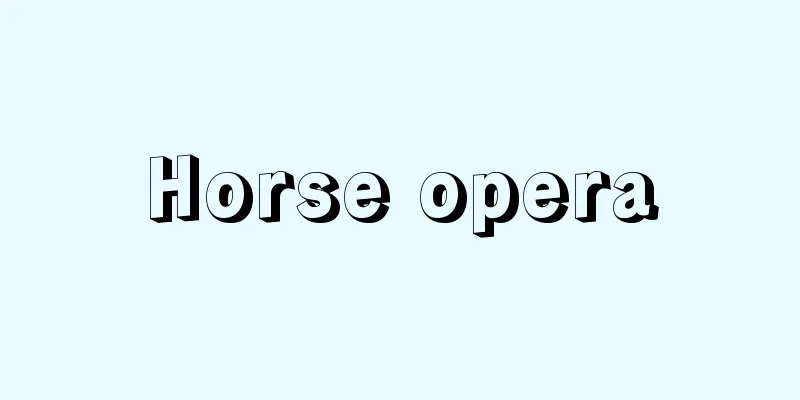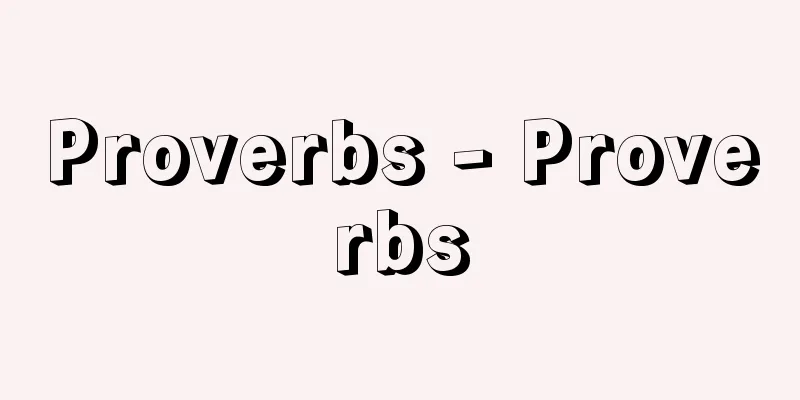Horse opera

|
The other type of western was the Bronco Billy series (1907-16), directed by and starring GM Anderson (1881-1971), who made his debut with a minor role in The Great Train Robbery. The series, which followed a morality-based morality pattern in which a righteous hero defeats the villains and rescues the heroine, became extremely popular and eventually became the prototype for B-grade westerns known as horse operas, and westerns for children, starring actors such as Tom Mix and Buck Jones, as well as Gene Autry and Roy Rogers, who were known as the "singing cowboys." Realism-oriented westerns were succeeded by works that focused on racial issues, such as Cecil B. DeMille's "Skowman" (1913), which depicted the tragedy of a mixed-race Indian and white child, Maurice Tourneur's "The Last of the Mohicans" (1920), which depicted the sorrow of oppressed and extinct Indians, and George B. Seitz's "A Lost Tribe" (1926). The "Hart Westerns" by William S. Hart, which were full of humanity and poetry from "Lowdon" (1918) to "The Great Desert" (1925), and epic masterpieces that covered the history of the Western expansion itself, such as James Crews's "Wagon Train" (1923), which depicted the great migration of pioneer caravans, and John Ford's "The Iron Horse" (1924), which depicted the construction of a railroad. *Some of the terminology that refers to "horse opera" is listed below. Source | Heibonsha World Encyclopedia 2nd Edition | Information |
|
…もう一つは逆に現実ばなれした〈荒唐無稽〉の方向をめざす西部劇で,《大列車強盗》の端役でデビューしたG.M.アンダーソン(1881‐1971)がみずから監督・主演した《ブロンコ・ビリー》シリーズ(1907‐16)。正義のヒーローが悪漢どもを倒し,ヒロインを救うという勧善懲悪のパターンで,大人気を博し,やがて〈ホース・オペラhorse opera〉と呼ばれるB級西部劇,トム・ミックスやバック・ジョーンズから〈歌うカウボーイ〉と呼ばれたジーン・オートリーやロイ・ロジャーズに至るお子さま向け西部劇の原型になった。 リアリズム志向の西部劇は,インディアンと白人の混血児の悲劇を描いたセシル・B.デミル監督《スコウマン》(1913),虐げられつつ滅びゆくインディアンの悲哀を描いたモーリス・トゥールヌール監督《モヒカン族の最後》(1920)やジョージ・B.サイツ監督《滅びゆく民族》(1926)といった人種問題に目を向けた作品や,《鬼火ロウドン》(1918)あたりから《曠原の志士》(1925)に至るウィリアム・S.ハート監督の人間味と詩情のあふれる〈ハート西部劇〉や,開拓民のキャラバン隊の大移動を描いたジェームズ・クルーズ監督《幌馬車》(1923)や鉄道建設を描いたジョン・フォード監督《アイアン・ホース》(1924)といった西部開拓史そのものに取材した〈叙事詩〉的大作に受け継がれた。… ※「horse opera」について言及している用語解説の一部を掲載しています。 出典|株式会社平凡社世界大百科事典 第2版について | 情報 |
>>: Horse mackerel (English spelling) horsemackerel
Recommend
Ghazal - Ghazal
…3-year course. École nationale supérieure d'...
Hospital
In Japan, the Medical Care Act defines a hospital...
Scroll - Gakan
...This name became common during the Edo period,...
God of War - Ikusagami
A god who is said to answer prayers for victory i...
Luo Qinjun
A Chinese thinker in the mid-Ming dynasty. His pe...
Chaetodontoplus septentrionalis (English notation) Chaetodontoplus septentrionalis
…The angelfish is distinguished from the closely ...
Macrodorcas rectus (English spelling)
…Adults are raised on apples and other foods, and...
Dung beetle (feces beetle) - Dung beetle
Many insects in the families Scarabaeidae, Geotrup...
Stratiomyis japonica (English spelling) Stratiomyis japonica
…A general term for insects of the Diptera family...
Okubo (Peach)
…Depending on the purpose of use, they can be div...
Jacksonism
...He is known for his description of Jacksonian ...
mogotes
… On the other hand, karst in tropical and subtro...
Eloa (Economy) - Eloa
...A general term for "Government and Relief...
The Wild Child of Avelon - The Wild Child of Avelon
…(7) Retardation of intellectual development. The...
Callisthenes (English spelling)
[raw]? [Died] 327 BCE Greek historian. Born in Oly...









